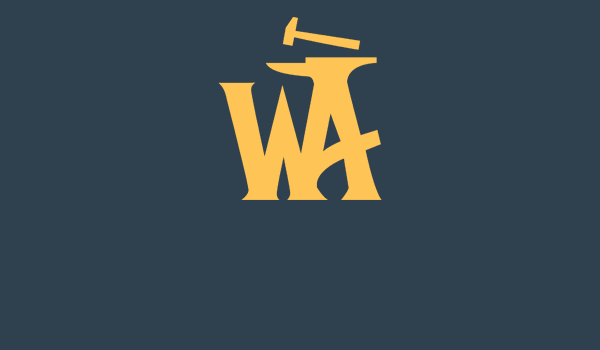My Personal Tips for Writing And Formatting Articles
My guide to writing stuff
So being on this site for several years, I felt it would be convenient for others to learn how I tend to do my articles. As such, here's a small article that shares my personal tips, tricks and methods on how I handle writing my articles and formatting them.
But before we begin, a small disclaimer.






This article is super helpful and cleanly points out the dos and don'ts of article writing! Just FYI, you might want to mess around with your tooltip CSS. I couldn't read it when I was trying to hover over the 3:1 ratio tip.